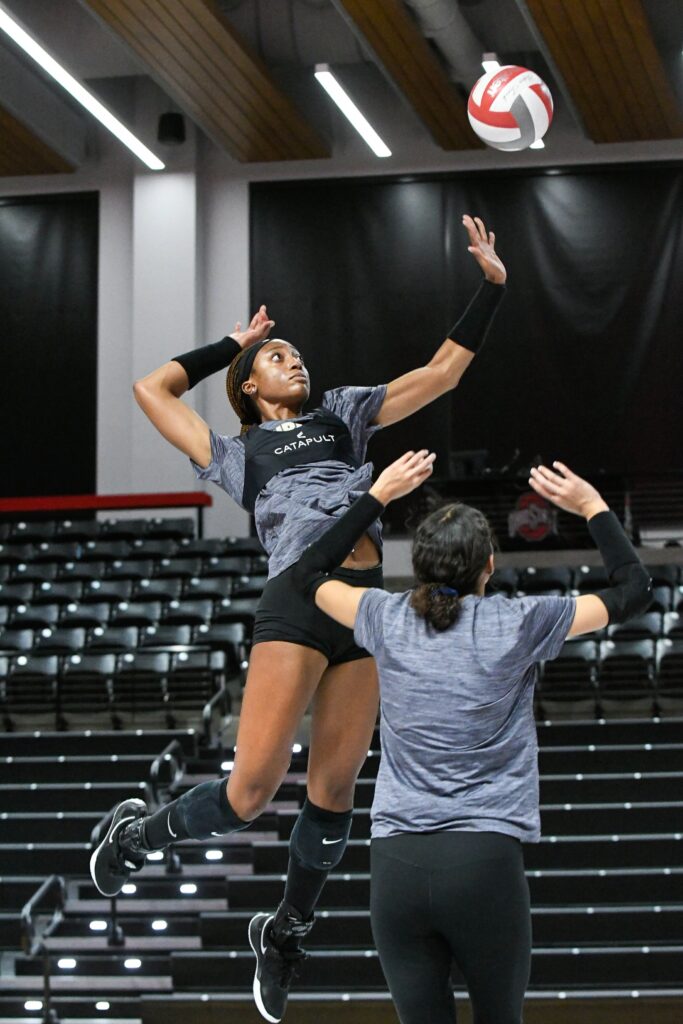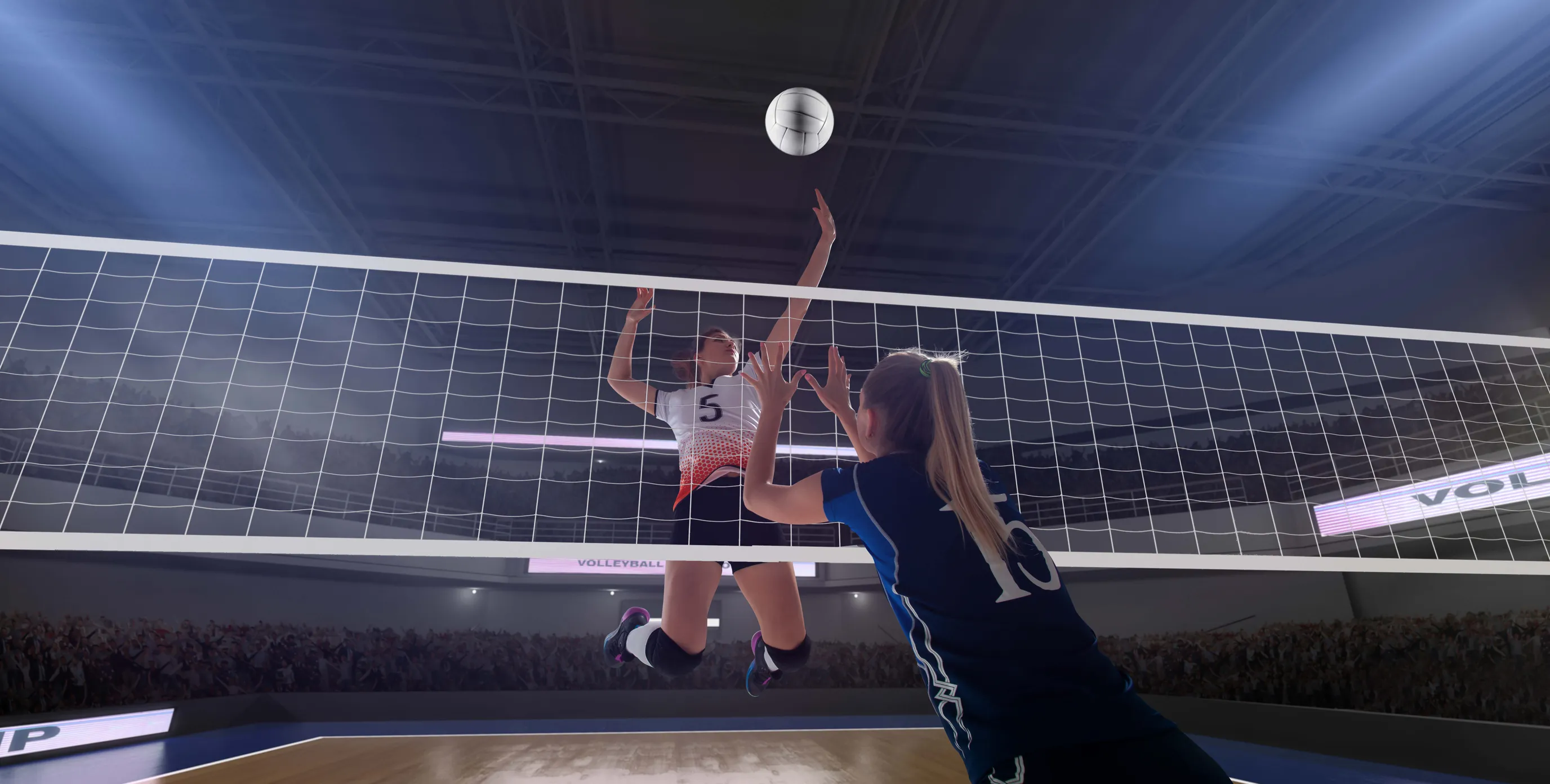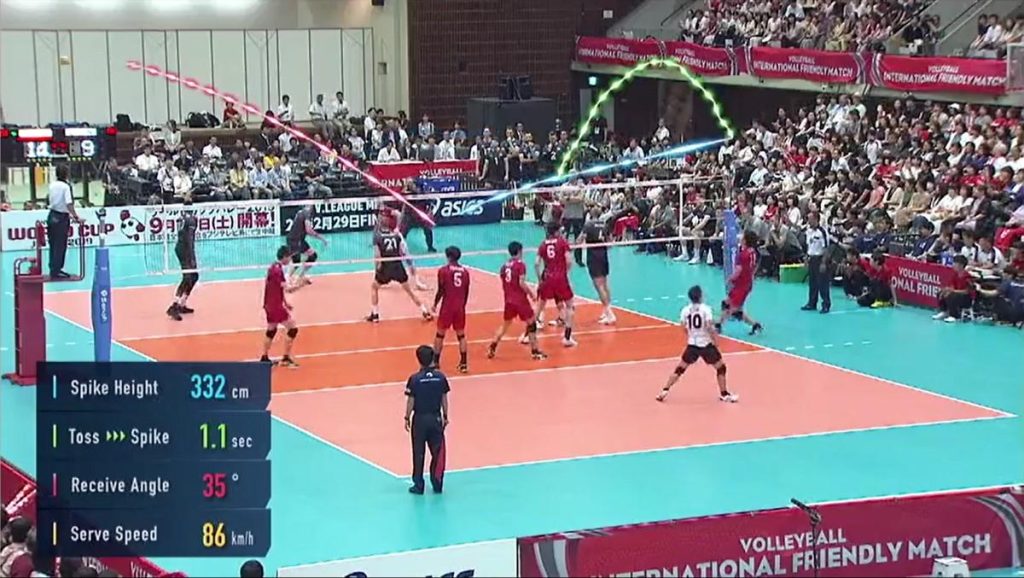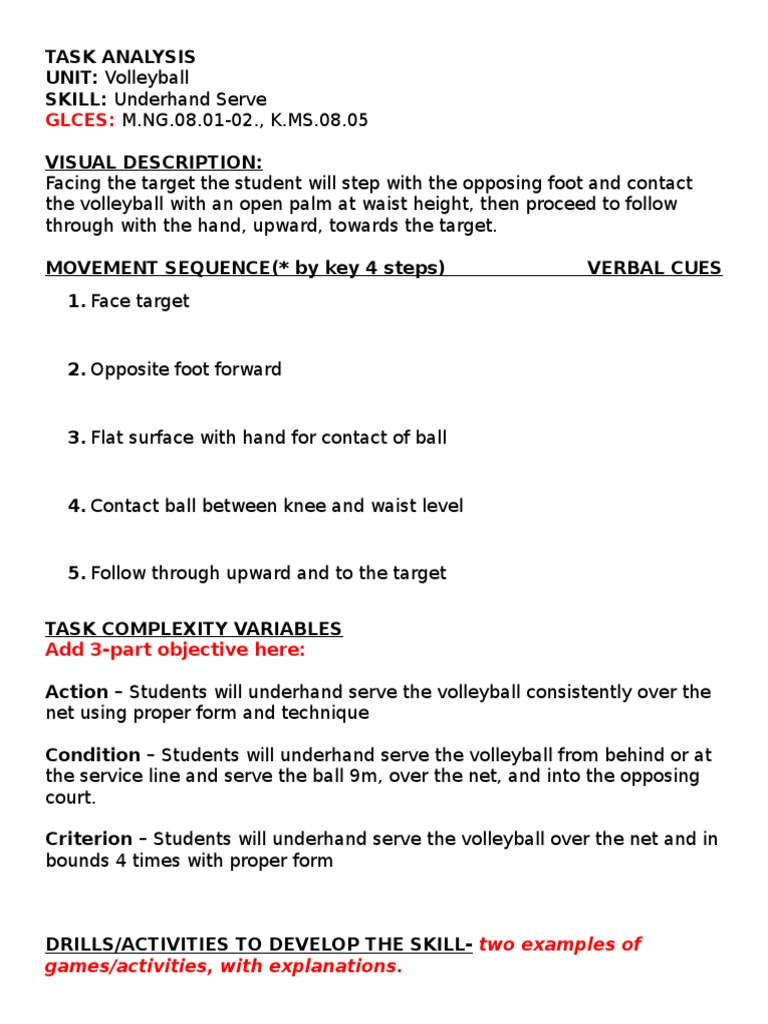Spiking in volleyball is a crucial skill. It can turn the game around.
To spike effectively, you need good timing and technique. This blog post will give you a clear summary of how to spike in volleyball. Whether you are new to the sport or looking to improve, understanding the basics is key.
We will cover the essential steps, from your approach to the actual hit. Spiking requires practice, but with the right guidance, you can master it. Let’s dive into the basics and help you become a better spiker on the court.
Introduction To Spiking
Spiking is one of the most exciting skills in volleyball. It involves powerful and accurate hitting of the ball, aiming to score points against the opposing team. Learning to spike effectively can boost your team’s performance and your own confidence on the court.
Importance Of A Spike
A spike is a crucial offensive move in volleyball. It can end a rally with a single, decisive hit. A well-executed spike puts pressure on the opposing team’s defense. It often leads to scoring points directly. Spiking is also a way to showcase athleticism and skill. It can change the momentum of the game and energize your team.
Basic Mechanics
The mechanics of spiking are important for success. Start with a good approach. Take three quick steps towards the ball. The first step is slow, the second is faster, and the third is explosive. This helps build momentum.
Next, jump high using both legs. Swing your hitting arm back. As you reach the highest point of your jump, swing your arm forward. Hit the ball with the heel of your hand. Aim to make contact at the highest possible point. Follow through with your arm, directing the ball downwards into the opponent’s court.
Practice these mechanics consistently. Over time, your spiking will improve. You will become a more effective and confident player.
Proper Footwork
Proper footwork is essential for spiking in volleyball. Good footwork helps you get into position and hit the ball with power and accuracy. With the right steps, you can maximize your jump and control your spike. This section breaks down the key aspects of proper footwork.
Approach Steps
The approach steps are crucial for a powerful spike. Start with a few quick steps to gain momentum. Typically, three steps are used. The first step is a small one. The second step is longer and faster. The third step is the final one, where you plant your feet and prepare to jump.
Make sure your steps are smooth and consistent. Keep your body low and balanced. Your arms should swing naturally as you approach. This helps you build speed and power for your jump.
Timing And Rhythm
Timing and rhythm are key to a successful spike. You need to jump at the right moment to hit the ball at its highest point. Count your steps in a steady rhythm. This helps you coordinate your jump with the ball’s trajectory.
Practice your timing with a partner or a coach. Start slow and gradually increase your speed. Focus on the rhythm of your steps and your jump. With practice, your timing will improve, leading to more effective spikes.
Arm Swing Technique
The arm swing technique is vital for a powerful spike in volleyball. It ensures you hit the ball with force and precision. Mastering this technique can improve your game significantly.
Arm Positioning
Start with your arms raised above your head. Keep your elbow bent at a 90-degree angle. Your hand should be open and relaxed. This position prepares you for a strong swing. Your non-hitting arm should point towards the ball. This helps in maintaining balance.
Follow Through
After hitting the ball, follow through with your arm. Extend your arm fully to maximize power. Your hand should end up near your opposite hip. This motion adds force to your spike. It also helps in controlling the ball’s direction.
Practicing the follow through is essential. It can make a huge difference in your performance.

Credit: www.catapult.com
Jumping Skills
Jumping skills are vital for an effective volleyball spike. They help you reach the ball at the highest point. Improving your jump can make a big difference. Focus on both vertical leap and body control in the air.
Vertical Leap
Your vertical leap determines how high you can jump. A higher vertical leap allows you to hit the ball from a higher point. This gives you an advantage over your opponents.
Here are some exercises to improve your vertical leap:
- Squat jumps
- Box jumps
- Calf raises
- Lunges
Consistency in these exercises can greatly improve your jumping height. Ensure you practice these exercises regularly for the best results.
Body Control In Air
Body control in the air is crucial for a successful spike. You need to maintain balance and precision while airborne. This helps you hit the ball accurately and powerfully.
Consider the following tips for better body control:
- Keep your eyes on the ball
- Engage your core muscles
- Use your arms for balance
- Practice landing softly
Good body control ensures a smooth and effective spike. It can also help prevent injuries during play.
| Tip | Benefit |
|---|---|
| Engage Core Muscles | Improves Stability |
| Use Arms for Balance | Enhances Control |
Work on both your vertical leap and body control. These skills are essential for excelling in volleyball spiking.
Contact Point
In volleyball, mastering the contact point is key for a powerful spike. It is where your hand meets the ball. This determines the direction and force of your spike. Understanding the right contact point can improve your game immensely.
Optimal Hand Position
Your hand position is crucial during a spike. Keep your hand open and relaxed. Spread your fingers wide for better control. Your wrist should be firm yet flexible. This ensures a strong and accurate hit. Aim to contact the ball with the palm. This gives you maximum power and control.
Ball Placement
The placement of the ball is just as important. Hit the top part of the ball for a downward spike. This makes it harder for the opponents to defend. Ensure the ball is in front of your hitting shoulder. This gives you the best angle for a powerful spike. Proper ball placement can make a big difference in your performance.
Common Mistakes
Spiking in volleyball is a critical skill that can change the game. Many players make common mistakes that hinder their performance. By understanding these errors, players can improve their spiking technique.
Incorrect Footwork
Proper footwork is essential for a successful spike. Many players use the wrong steps. This leads to poor positioning and weak spikes.
The correct approach involves three steps:
- Start with the non-dominant foot.
- Follow with the dominant foot.
- End with a quick step from the non-dominant foot again.
Players often mix up these steps. This causes them to lose balance and power. Practicing the right footwork can make a big difference.
Poor Timing
Timing is everything in volleyball. Many players jump too early or too late. This affects their ability to hit the ball effectively.
To improve timing:
- Watch the setter’s hands.
- Start your approach as the ball leaves the setter’s hands.
- Jump just before the ball reaches the highest point.
Consistent practice helps players get their timing right. Correct timing results in more powerful and accurate spikes.
Drills And Exercises
Spiking in volleyball is an art that demands skill and precision. To excel, players must practice specific drills and exercises regularly. This section explores how strength training and practice drills can enhance your spiking ability.
Strength Training
Strength training is crucial for a powerful spike. Focus on exercises that strengthen your legs, core, and shoulders. Squats and lunges build leg strength. Strong legs help you jump higher. Core exercises like planks improve your stability. Stable core helps you control your body in the air. Shoulder exercises such as push-ups and shoulder presses increase arm strength. Strong arms allow for a stronger spike.
Practice Drills
Practice drills are essential for perfecting your spike. Start with approach drills. Practice your approach steps to ensure consistency. Consistent approach leads to better timing. Work on your arm swing. Focus on bringing your arm back and then forward. This motion generates power. Use wall drills to improve accuracy. Aim for a specific spot on the wall. Repeat until you hit the spot consistently.
Another effective drill is the jump and hit. Practice jumping and hitting the ball with full force. This drill improves your timing and power. Partner drills also help. Have a partner toss the ball to you. Spike it back over the net. These drills improve coordination and help you adapt to different sets.

Credit: ufsportsperformance.com
Mental Preparation
Spiking in volleyball isn’t just about physical power. Mental preparation plays a crucial role. It involves focus, confidence, and the right mindset. This section explores how to mentally prepare for a successful spike.
Focus Techniques
Concentration is vital. Stay present in the moment. Ignore distractions around you. Visualize the perfect spike before you hit the ball. This mental picture can guide your actions. Use deep breathing to calm your mind. It keeps you centered. Practice mindfulness exercises daily. They improve your focus during the game.
Confidence Building
Believing in yourself makes a big difference. Trust your skills. Positive self-talk boosts your confidence. Remind yourself of past successes. They prove you can do it again. Set small, achievable goals. Each success builds your confidence. Practice regularly to improve your skills. Confidence comes from knowing you are prepared.

Credit: www.wikihow.com
Frequently Asked Questions
How To Perform A Volleyball Spike?
To perform a volleyball spike, approach the net with speed. Jump high and hit the ball forcefully. Aim for the opponent’s court.
What Are The Key Steps For Spiking?
The key steps for spiking include a strong approach, high jump, and powerful hit. Practice timing and accuracy.
Why Is Timing Important In Spiking?
Timing is crucial in spiking to ensure effective contact with the ball. Good timing maximizes power and precision.
How Can I Improve My Spiking Technique?
Improve spiking by practicing regularly, focusing on approach, jump, and hitting technique. Watch videos and get coaching.
Conclusion
Spiking in volleyball requires practice and precision. Remember to focus on your approach. Timing your jump is crucial. Aim for the sweet spot on the ball. Use your whole body for power. Communicate with your team for better coordination. Don’t forget to practice regularly.
Keep refining your technique. Enjoy the process and have fun playing volleyball.


